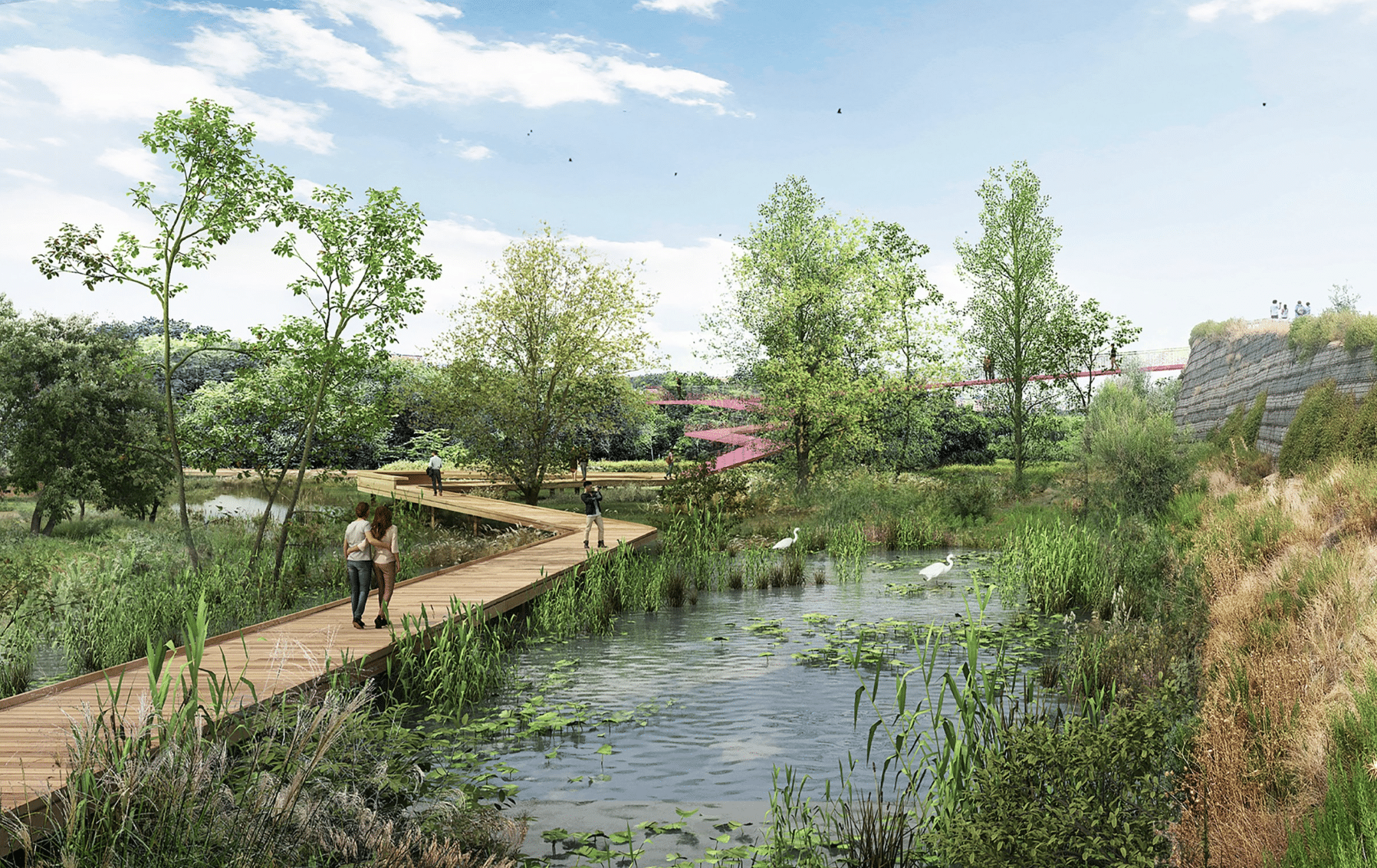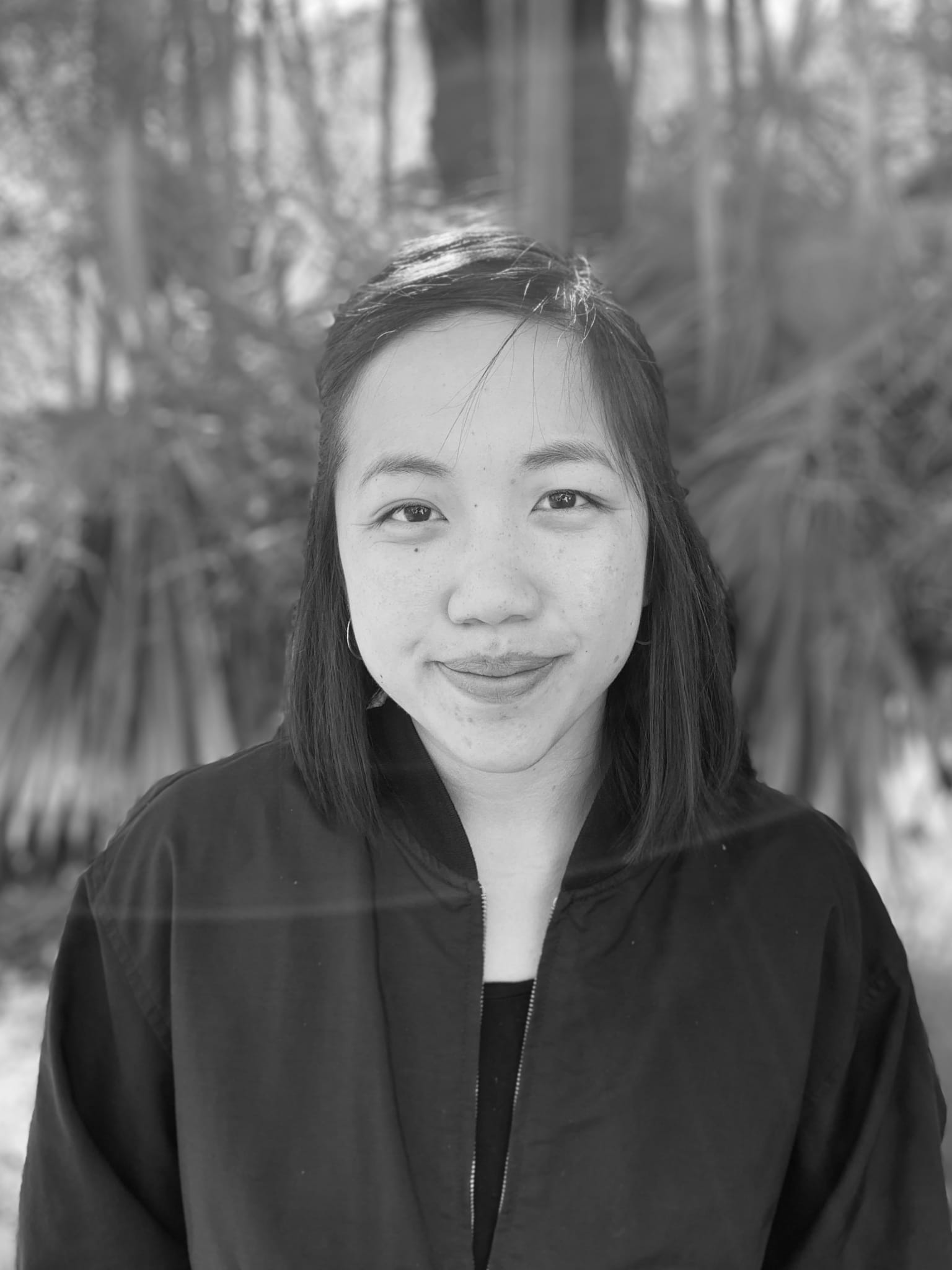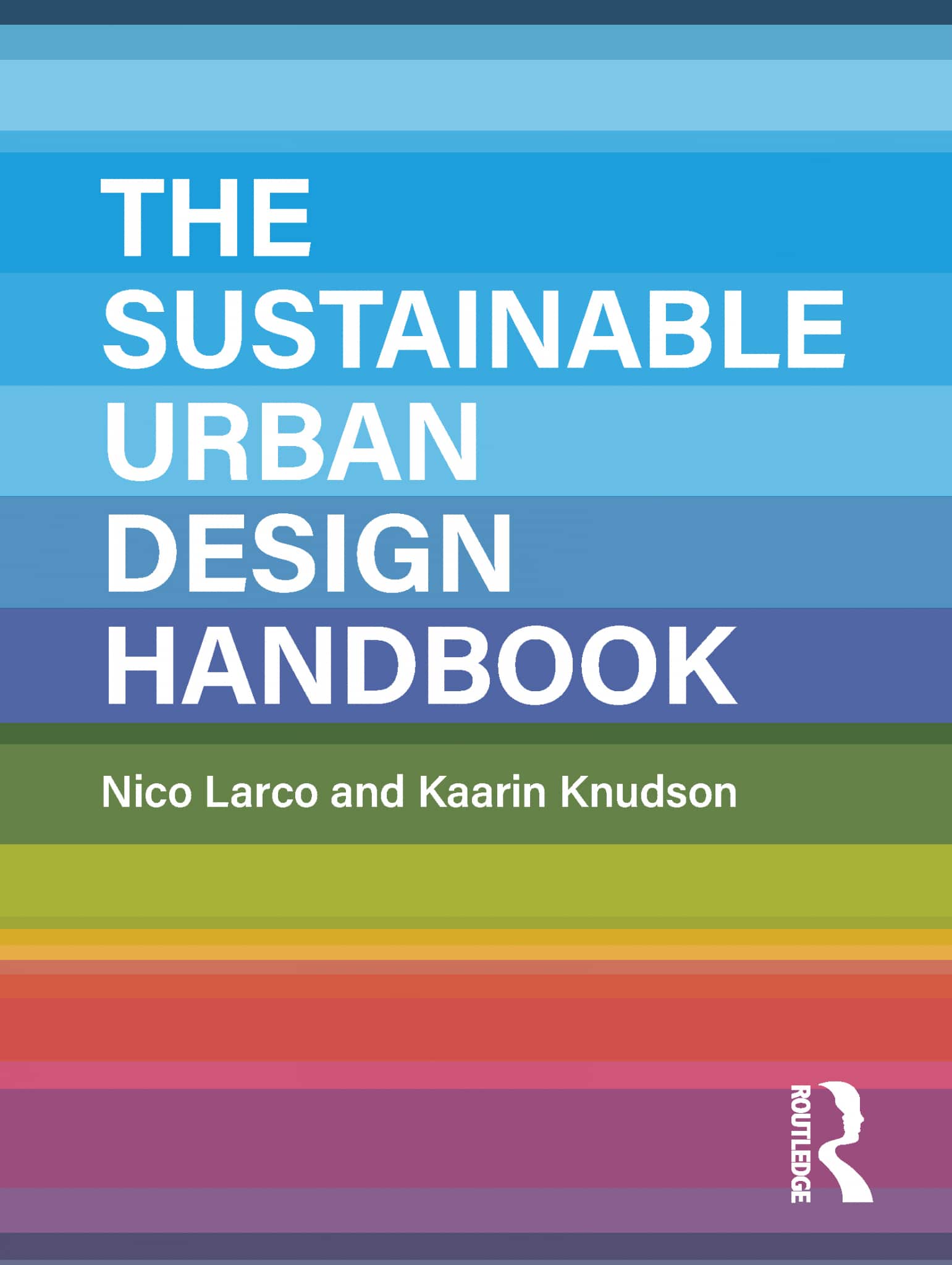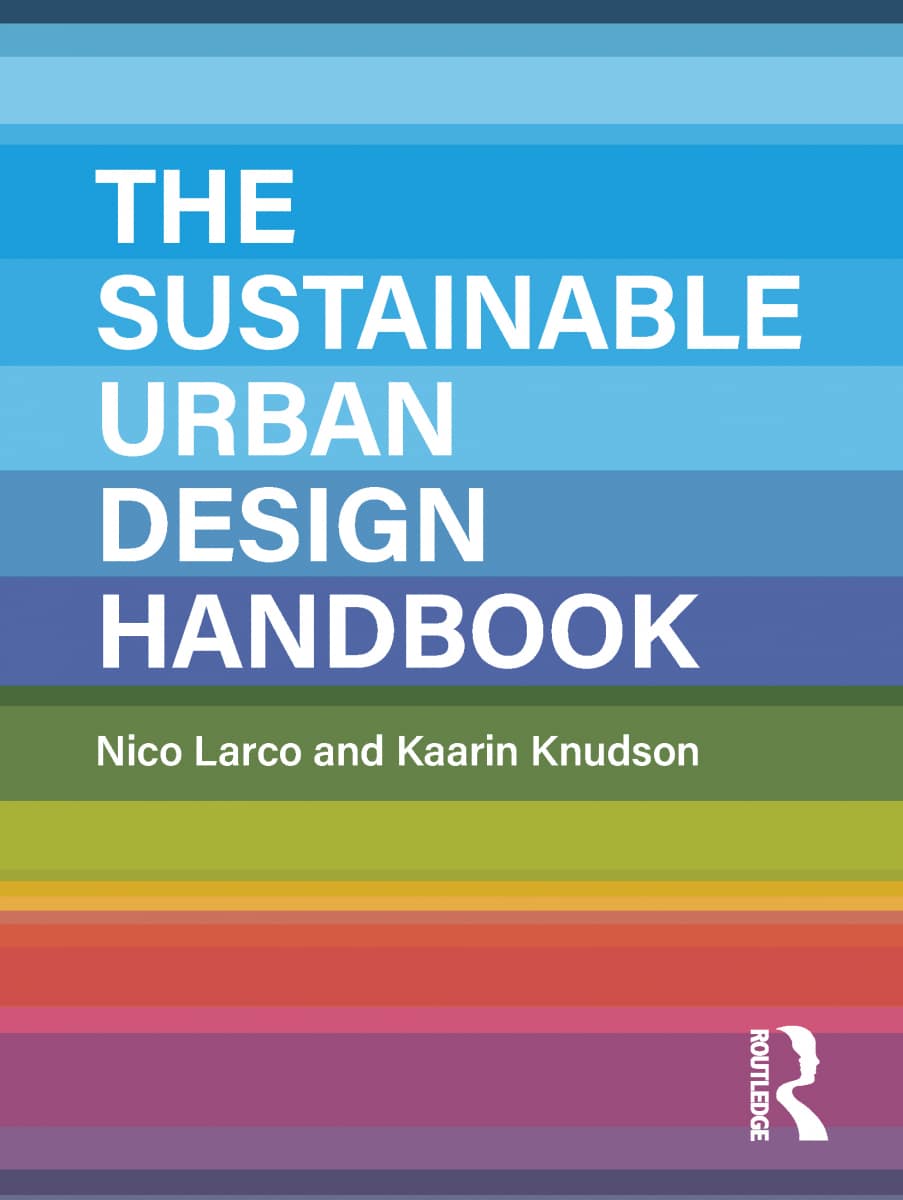Tulane University
UN Habitat Recognizes Tulane Faculty Work as a Winner of ‘Water as Leverage City Champion Challenge’
Margarita Jover, Professor of Architecture, and Iñaki Alday, Dean of the Tulane School of Architecture, recently achieved international recognition for their work in sustainable design. Through their practice, aldayjover architecture and landscape, the duo’s innovative project, the Madrid Metropolitan Forest, was recognized by UN Habitat as one of the four global winners of the “Water as Leverage City Champion Challenge.”
This prestigious award celebrates visionary urban projects that use water as a central element for resilient, livable cities. Jover and Alday’s work in Madrid exemplifies this mission, as they have reimagined the city’s river systems to create a thriving, sustainable network of green spaces along the Manzanares River and Gavia Stream. Their winning project, Manantial Sur, Regenerated Infrastructure, connects fragmented landscapes, promotes biodiversity, and supports new public spaces that address water, agriculture, and forestry within a unified ecological framework.
The firm first gained significant acclaim for Manantial Sur in 2021, when it was chosen as the winning design for Lot 4 of the Madrid Metropolitan Forest International Contest, “The Southern River Parks.” Selected by a jury of 24 experts, the proposal was praised as a “complete project in all its components that has generated debate around the role of water, forestry, and agriculture.” The project focuses on re-integrating Madrid’s southern areas, traditionally divided by infrastructure, by utilizing local resources—hydrological, agricultural, and social—to transform these spaces into a cohesive, green belt. Jover and Alday’s pioneering approach, rooted in creating floodable public spaces that serve as both green areas and hydraulic infrastructure, exemplifies the intersection of ecology and social connectivity in urban planning.
The 2024 award will be presented at the 12th World Urban Forum in El Cairo on November 6th, including a lecture on the project and several workshops and related events. The Forum brings together the main experts in resilience and water across the planet.
To learn more about this award, visit UN World Urban Forum.

 Study Architecture
Study Architecture  ProPEL
ProPEL 









